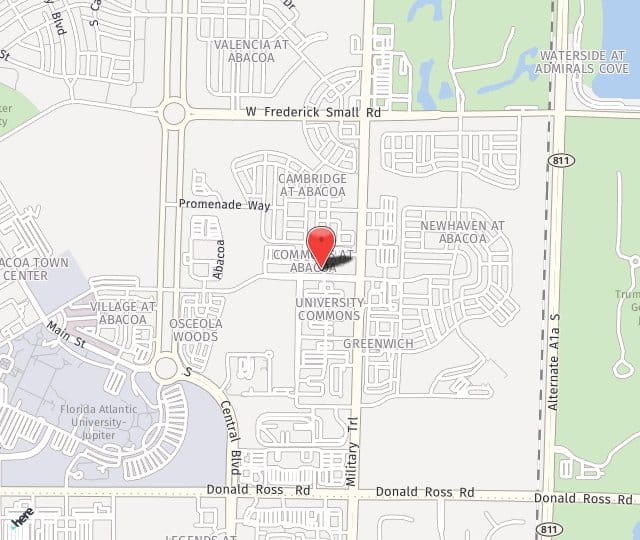Chin enhancement reshapes the chin by augmenting it. Chin implants improve a person's profile by making a "weak" chin look stronger. To create optimal facial proportion, chin augmentation can be performed in conjunction with a facelift or rhinoplasty (nose surgery).
The Chin Augmentation Procedure
Candidates for this procedure typically have a weak chin and/or prominent nose. Chin augmentation takes approximately 1 hour to perform. Either local anesthesia with sedation or general anesthesia is used. During the procedure, an incision is made inside the mouth, which eliminates visible scarring. A pocket is created for the implant (typically made of silicone), which is then placed and positioned in front of the jawbone. Once in place, the implant is secured with sutures. When an incision in the mouth is not possible, it is made underneath the chin so that the scar is not apparent. The patient returns home the same day.
Recovery
After surgical chin augmentation, a patient may experience tightness and swelling in the chin. Discomfort can be relieved with pain medication, although most patients report that pain is gone within 3 to 5 days. A compression garment may be taped to the chin to reduce swelling. For 2 weeks following mentoplasty, eating only a light, liquid-based diet is recommended. Sutures are removed within 10 days. Full recovery takes 6 weeks.
Risks
Risks of chin augmentation include implant displacement or bone absorption (in augmentation), asymmetry, numbness in the lip and chin, infection and bleeding. In general, serious complications are rare.

